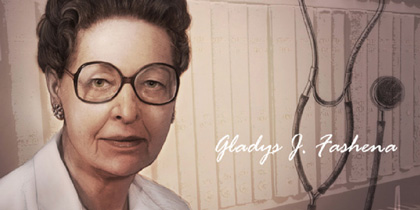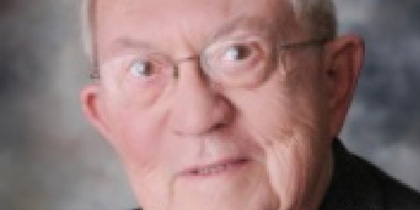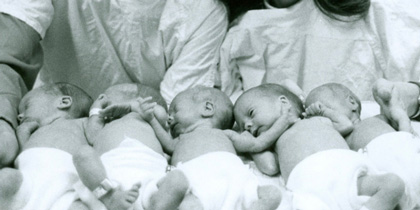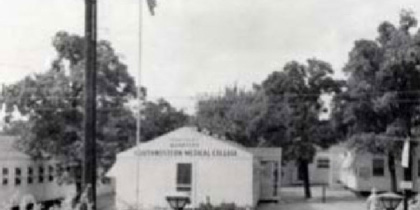History of Hematology/Oncology
1960s Beginnings
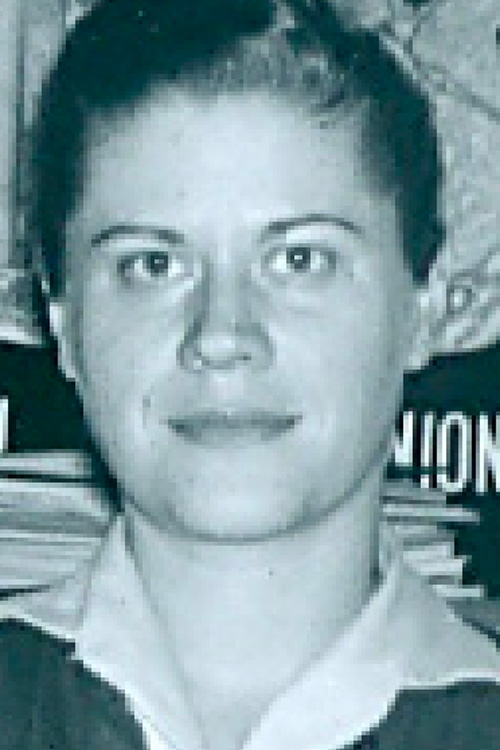
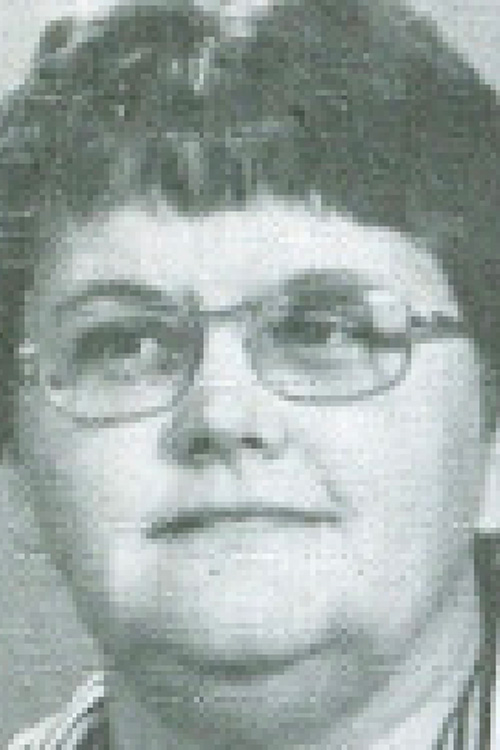
Prior to the 1960s, virtually no treatments existed to help children with cancer, and most hematologic diseases were poorly characterized because pediatric hematology-oncology was not a distinct discipline. Typically, general pediatricians, surgeons, radiologists and even pathologists cared for affected pediatric patients. Chemotherapy had been introduced to treat childhood cancer, but there were few survivors and virtually no research protocols.
The pediatric hematology-oncology program at Children’s emerged in the early 1960s when Dr. Teresa Vietti served on the teaching faculty for a few years prior to leaving to embark on a distinguished career in childhood leukemia research. Other faculty staff included:
- Joan Windmiller, M.D.
- Joann Whitaker, M.D.
- Peggy Sartain, M.D. (who began as a fellow in the department)
1970s Clinic Opens & Faculty Expands
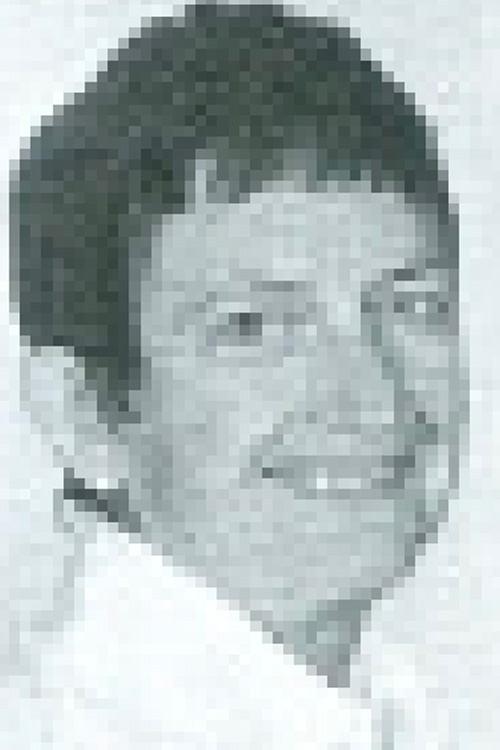

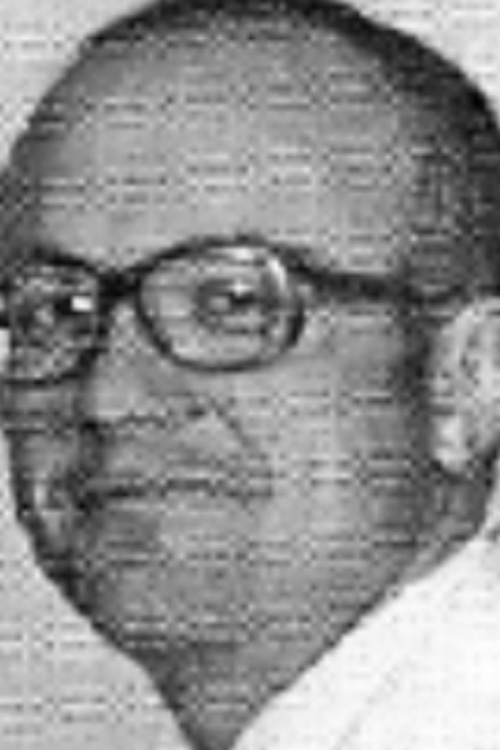
By the early 1970s, Children’s had a new home on Motor Street, and the discipline of pediatric hematology-oncology emerged on local and national levels. The hematology-oncology clinic on the second floor at Children’s operated in a cramped, tile-walled facility four or five mornings each week. Administrative staff consisted of a secretary and part-time social worker. By the mid-1970s, the American Board of Pediatrics established a sub-board for hematology/oncology, and soon initiated a process for formal assessment of fellowship training programs.
Fellows, faculty, and staff joining the division included:
- Jo Ann Cornet, M.D.
- Lon Rogers, M.D.
- George Buchanan, M.D.
Before coming to Dallas in 1977, Dr. Buchanan trained at Children’s Hospital Boston, developing an interest in non-malignant hematology. Programs for children with sickle cell disease and hemophilia formed rapidly, followed by clinical research. His work on sickle cell disease and bleeding disorders gained national recognition.
Early 1980s Lab Research Enabled, Funding Grows
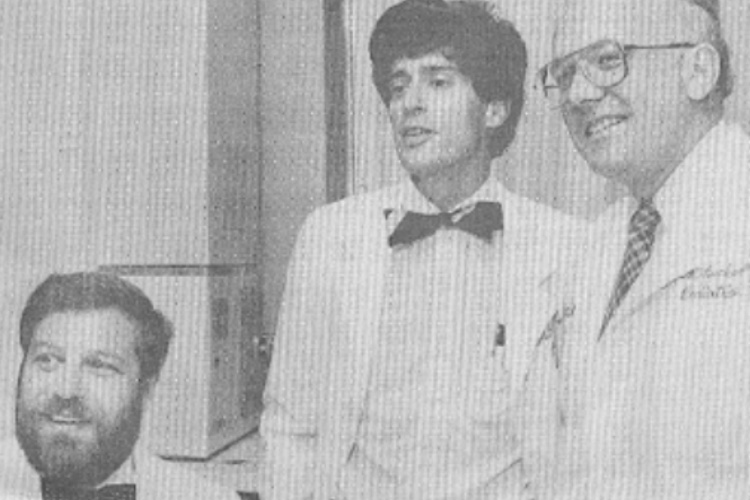
In 1980, Dr. Buchanan was named Division Director. He spearheaded entry of UT Southwestern and Children’s into the nascent Pediatric Oncology Group (POG), a National Cancer Institute-supported clinical trials consortium. UT Southwestern’s hematology-oncology program, previously lacking a laboratory research component, changed that in 1980 by recruiting Jonathan Ducore, M.D., from the National Cancer Institute. He established a research program focusing on DNA repair and its application to the treatment of children with brain tumors.
Around this same time, two fundraising groups (which have remained successful and loyal to this day) formed to raise money for cancer research – A Weekend to Wipeout Cancer (Wipe Out Kids’ Cancer) and the Children’s Cancer Fund. The former was established by community leader Cindy Brinker and the latter by parents of children with cancer treated at Children’s. The hematology-oncology program secured a new spacious facility on the fifth floor of Children’s, supported with funds donated by the Crystal Charity Ball.
Mid 1980s Sickle Cell Research Gains Notoriety
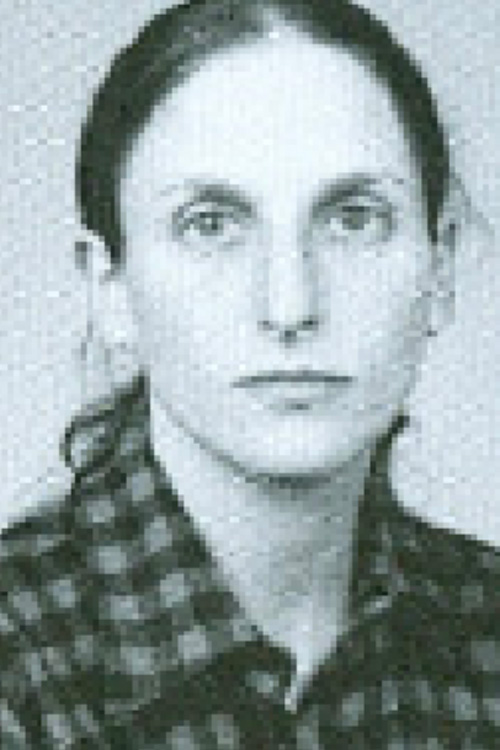
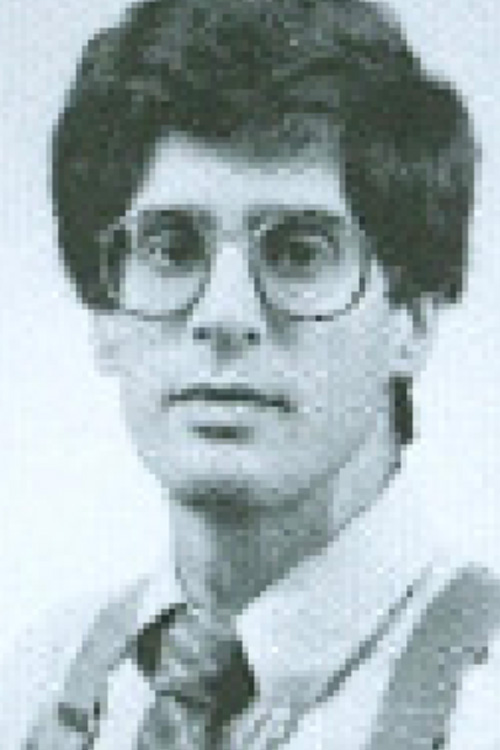
This period featured rapid growth and increasing regional and national recognition for the program. Dr. Buchanan and new department chair Joseph B. Warshaw, M.D., recruited Barton Kamen, M.D., to strengthen the division’s translational and laboratory research components. Dr. Kamen was a rising star in cancer pharmacology, especially the development of novel agents to treat acute leukemia.
Along with Dr. Kamen came Naomi Winick, M.D., from Memorial Sloan-Kettering Cancer Center. First focused on laboratory research, she moved to the clinical realm and became a nationally recognized leader in childhood leukemia research.
Thanks to funding from A Weekend to Wipeout Cancer, a structured neuro-oncology program developed. Children’s and UT Southwestern also earned national notice for clinical sickle cell disease research. Advanced practice nurses deserve credit for much of that program’s success. While caring for patients, Susan Smith, Betsy Jackson, and Becky Morrison also worked to establish databases and research projects.
The division also established a formal pediatric hematology-oncology fellowship program in 1984. Its first fellow, Maxine Hetherington, M.D., went on to become director of the Pediatric Cancer Program at Children’s Mercy Hospital in Kansas City. By 1987, the program began accepting two fellows per year, attracting participants with exciting research focusing on childhood cancers, brain tumors, and leukemia, among other projects.
Late 1980s Clinical Research Associates Prove Essential
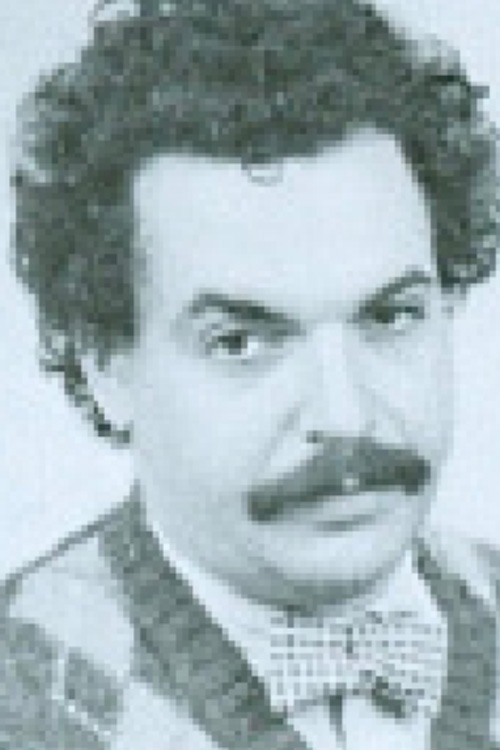
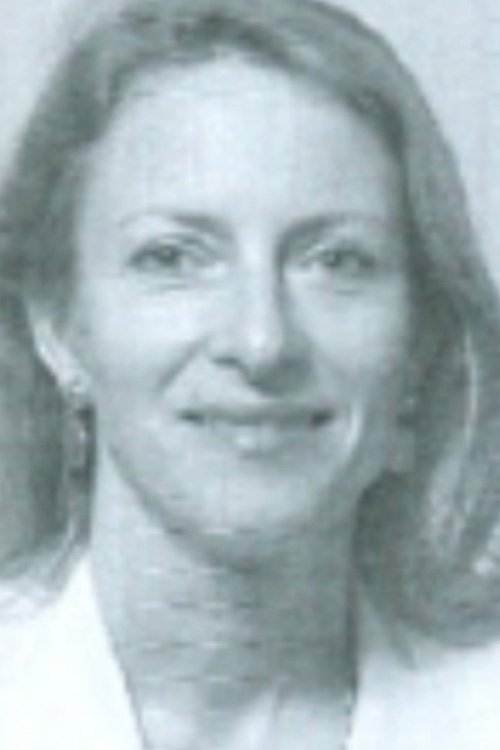
By the end of the 80s, the UT Southwestern/ Children’s program reached prominence as one of the largest centers regarding patient accrual in the POG. The data management staff, headed by Bill Chappell, Ph.D., played an essential role in research. Clinical research demanded increasingly complex data requirements and regulatory oversight beyond what most physicians were equipped to handle. Our pediatric hematology/oncology program developed one of the most distinguished clinical research infrastructures in the country. Former “data managers” became recognized in the field as professionals with the title of Clinical Research Associates.
The unit’s also gained renown for supportive care in:
- Characterization of the low-risk febrile neutropenic patient
- Outpatient management of febrile infants with sickle cell disease
- Optimal use of prophylactic penicillin
Talented recruits in the late 1980s included Perry Nisen, M.D., former Director of Oncology Research at Long Island Jewish Medical Center, and Anne Bowcock, Ph.D., James Roloff, M.D., and Arlynn Mulne, M.D. Drs. Nisen and Bowcock had independently funded research laboratories focusing respectively on molecular characterization of brain tumors and neuroblastoma and gene mapping.
Early 1990s CCBD Launch and Fellowship Grant
The next decade brought changes, starting with the retirement of Dr. Sartain after 30 years in the clinical oncology trenches. In 1990, the program reached several key milestones:
- The unit moved to the 6th floor in the newly constructed Tower C at Children’s.
- Hematology/oncology operated its first dedicated inpatient unit consisting of 24 beds.
- Eric Sandler, M.D., came on board to direct a bone marrow transplant program.
- The Hematology-Oncology Program at Children’s was designated as the “Center for Cancer and Blood Disorders” (CCBD).
Also, of great importance, the fellowship program received an institutional NRSA T32 Training Grant from the National Cancer Institute, providing four full stipends each year. Three new first year fellows joined the program each year, and a fourth year of training was offered to those showing promise in clinical or laboratory research. The clinical research career development pathway for fellows remained somewhat unstructured in a “see one, do one, teach one” mode.
Faculty members of note during this time include:
- Julie Katz, M.D.
- Steve Weitman, M.D.
- Mahmoud Mustafa, M.D.
Contributing to POG Clinical Trials
During the 1990s, the program’s contribution to POG clinical trials reached its zenith. A clinical trials consortium named the “UT Southwestern Consortium” was developed with Cook Children’s Medical Center, Fort Worth, and later with the new private program at Medical City Dallas. The consortium ranked number one in patient accrual in POG for several years. Our division took leadership roles in POG and other key organizations:
- Dr. Chappell led the Data Managers Committee
- Dr. Buchanan:
- Served as Chair of POG’s Principal Investigators and Lymphoid Relapse Committees
- Ran unsuccessfully for the position of POG Chair in 1993
- Became a member of the sub-board in hematology-oncology of the American Board of Pediatrics (serving as its Chair for three years)
- Led the national organization of Pediatric Hematology-Oncology Fellowship Program Directors
The program gained cohesiveness during this period when administrative restructuring at Children’s helped form a leadership “troika” consisting of a physician, nurse, and operations director. The excellent working relationship between Dr. Buchanan and his hematology-oncology leadership partners at Children’s has always been considered key to the program’s success over the years.
Mid-1990s Work in Cancer Genetics, Neuro-Oncology Recognized
Although Drs. Nisen and Bowcock left the program, our laboratory component continued. Dr. Kamen’s laboratory expanded to include a full-time pharmacologist (James Greiner, Pharm.D.) and organic chemist (Mary Kinsel, Ph.D.), both of whom were given research faculty appointments. In addition, Gail Tomlinson, M.D., finished her fellowship and began developing a translational research program in cancer genetics (with emphasis on renal and liver tumors). She also directed the Long-term Follow-up Program for Childhood Cancer Survivors (designated as the “After the Cancer Experience”). A young adult program component also launched in the mid-1990s, led by Kevin Oeffinger, M.D., a junior faculty member in the Department of Family Practice and Community Medicine who later received a joint appointment in Pediatrics.
A major advancement during this time included increased focus on brain tumor patients whose care had previously been directed by a private physician not part of the program. Dr. Winick spearheaded these neuro-oncology activities, which soon garnered acclaim. She was named the Lowe Foundation Professor in Pediatric Neuro-Oncology at UT Southwestern.
This era also presented the challenge of emerging private competition when a group of pediatric hematology-oncology specialists, linked with a large multi-disciplinary adult oncology practice, launched a program at Medical City Dallas. Ultimately, the group only carved out a small niche in the local market. The metropolitan area’s other private program – Cook Children’s Medical Center in Fort Worth – presented less competition, because it did not serve children in Dallas or areas to the north and east. In fact, many of its hematology-oncology specialists were former UT Southwestern fellows who promoted satisfactory relationships between the programs.
Late 1990s Children’s Oncology Group Established
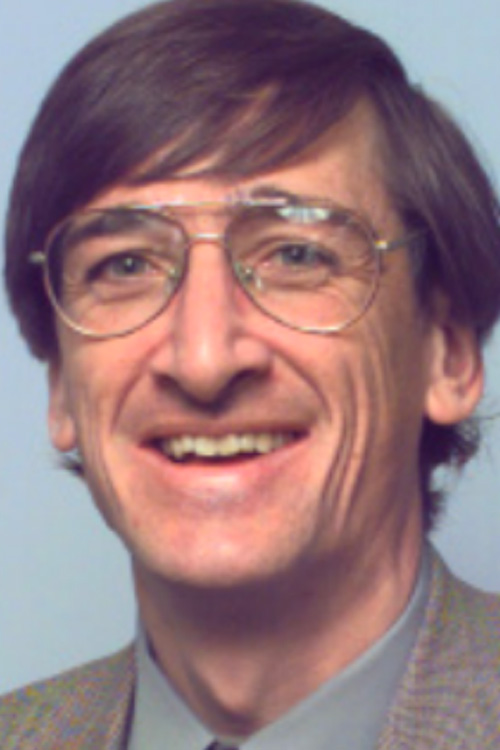
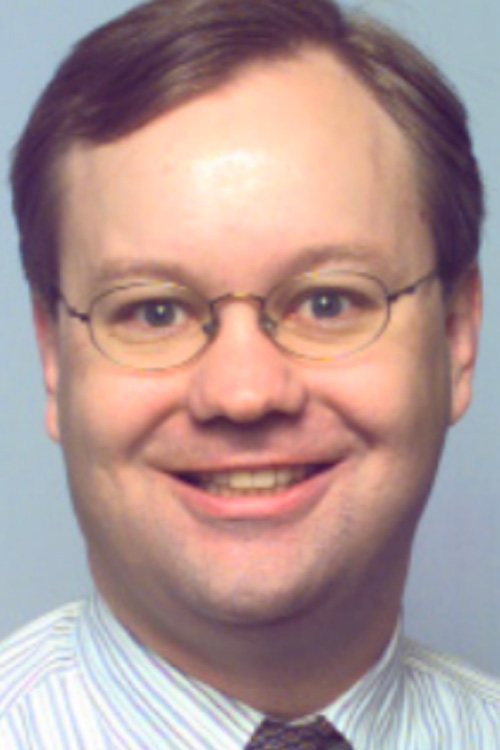
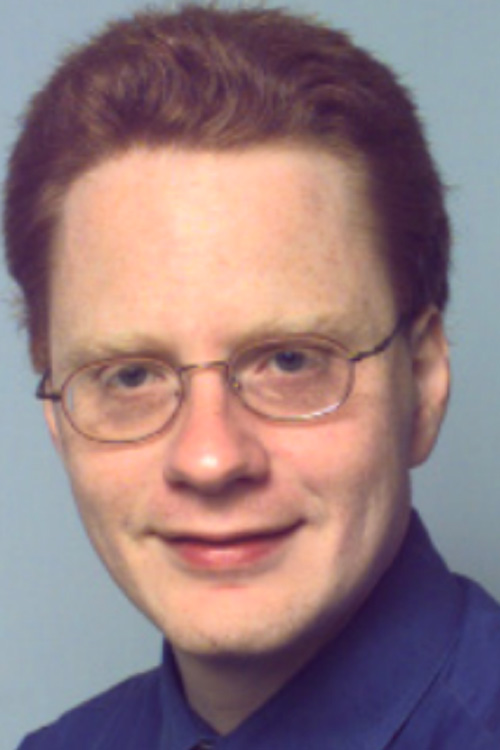
Change characterized the late 1990s when Dr. Kamen left to direct the children’s cancer program at the Robert Wood Johnson Medical Center. However, several important faculty appointments in the clinical realm added strength to the program:
- Patrick Leavey, M.D., arrived and began a multi-disciplinary program for children with bone tumors and other sarcomas.
- Daniel Bowers, M.D., a former medical student and resident at Children’s, returned from a hematology-oncology fellowship at Johns Hopkins to take over neuro-oncology.
- Victor Aquino, M.D., former fellow with additional training in bone marrow transplant, assumed directorship of the Stem Cell Transplant Program.
- Robert Bash, M.D., also a former program fellow with expertise in molecular research involving T-cell leukemia and lymphoma, secured an administrative role in the clinical arena.
Major changes in national oncology research included the merger of the four NCI-funded clinical trials into a new organization, the Children’s Oncology Group (COG). Dr. Buchanan co-chaired committees to pen bylaws and nominate the first COG chair. With the oncology component of the program now reliably directed by existing faculty, Dr. Buchanan refocused his clinical research to non-malignant hematology.
Early 2000s Lab and Clinical Research Boosts Reputation
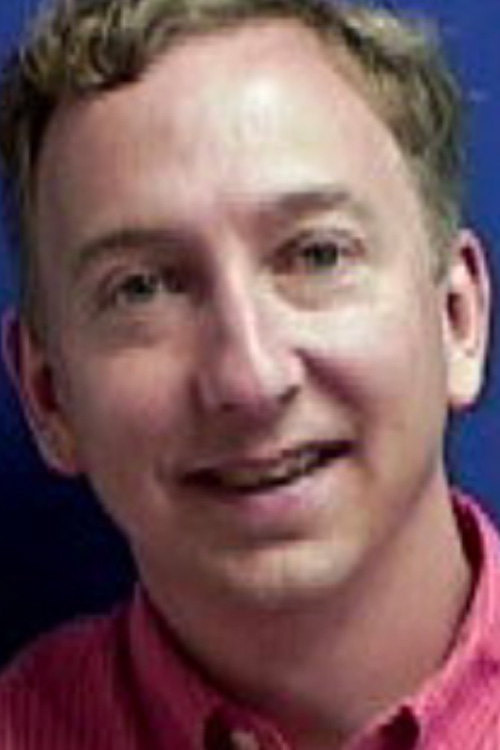
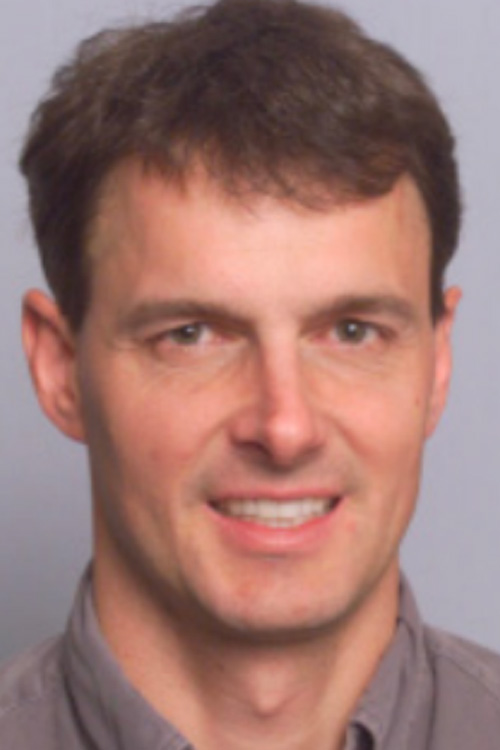

In 2003, the Center for Cancer and Blood Disorders inpatient service moved to a 22-bed unit on the 10th floor of the expanded Tower C. Inpatient program needs still outpaced the number of beds, however, and the outpatient clinic in the ambulatory building remained cramped.
Faculty members expanded their efforts in basic laboratory and clinical research, and donations from Children’s Cancer Fund and Wipe Out Kids’ Cancer allowed recruitment of laboratory scientists from the Harvard system:
- Scott Cameron, M.D., Ph.D.
- Matthew Porteus, M.D., Ph.D.
- James Amatruda, M.D., Ph.D.
Two of them trained with Nobel Prize winners, and their research contributed toward a reputation of national excellence for the program. Their work focused on programmed cell death, gene targeting, and molecular oncology using animal models including worms and zebrafish. In addition, the hematology clinical research program gained prominence for work in areas such as hemostasis-thrombosis and sickle cell disease thanks to several junior faculty members:
- Charles Quinn
- Janna Journeycake
- Shelley Crary
- Cindy Neunert
All were former fellows in the program who grew into accomplished clinical investigators, participated in the American Society of Hematology’s Clinical Research Training Institute, and were among a select group designated as “Clinical Research Scholars.”
Dr. Leavey took over as fellowship training program director and that program achieved competitive renewal of the T32 training grant for another five-year cycle as more outstanding fellow applicants entered through the National Residency Matching Program.
Children’s and UT Southwestern maintained a position of preeminence in COG through strong patient study accruals, as well as Dr. Winick’s position as vice-chair for clinical trials in the ALL committee. Drs. Tomlinson, Oeffinger, and Leavey also played major roles in COG research growth. UT Southwestern recruited James Willson, M.D., as Director of the Simmons Comprehensive Cancer Center, heralding expansion of cancer research and clinical care initiatives.
With Dr. Buchanan serving as principal investigator, Children’s and UT Southwestern earned national acclaim for work on sickle cell disease and became one of the 10 NIH-funded Comprehensive Sickle Cell Centers. Zora Rogers and Charles Quinn played key roles in the design and conduct of national clinical studies involving children and adults with sickle cell disease. The NIH also named UT Southwestern as one of 17 clinical sites in the new Transfusion Medicine – Hemostasis Clinical Trials Network. In addition, investigator-initiated research involving childhood ITP fostered widespread recognition of the hematology program.
Late 2000s Donors Enable Major Expansion Plans
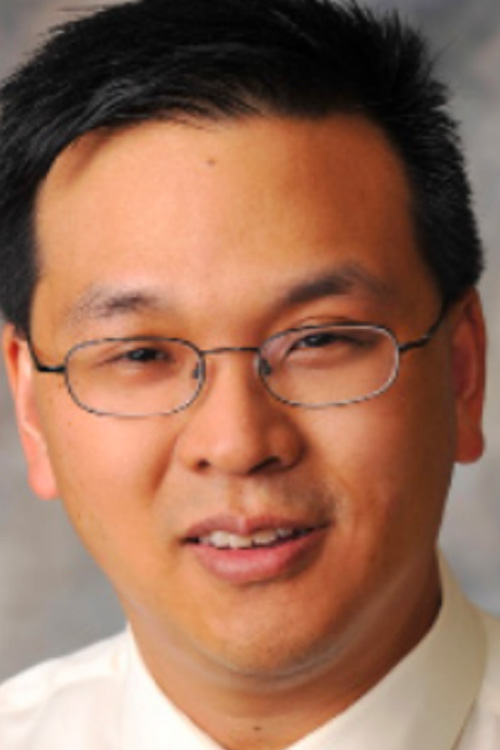
Need for larger outpatient CCBD facilities sparked temporary relocation of the outpatient clinic to the third floor of the Bright Building at Children’s. We moved to a renovated space there in December 2007, expanding CCBD facilities to nearly three times larger than before, including separate clinic areas for oncology and hematology, new procedure rooms, and common waiting room and infusion area. Efforts by Children’s Development Office and senior leadership resulted in funding from the Pauline Allen Gill Foundation and other donors to support, design, and construct an entirely new inpatient and outpatient facility for the hematology-oncology program. Both the inpatient and outpatient components would take over the entire 6th floor of the main hospital complex, encompassing the B, C, and D towers. This construction progressed in several stages:
- Opening of a 24-bed inpatient unit in Tower D in 2009, including 12 rooms specifically designed for children receiving hematopoietic stem cell transplantation
- Pending construction of an additional 10-beds area in a renovated Tower C by 2014
- Beginning construction in 2011 for a new outpatient clinic in Towers B and C including:
- 20 examination rooms
- procedure and recovery area
- pharmacy
- satellite laboratory
- additional inpatient beds
- spacious day hospital/infusion area
- expanded registration area and waiting room
- Final stage to add administrative space and a new conference room
Also supporting the hematology-oncology program was the new Children’s Medical Center at Legacy, located in Plano. Hematology-Oncology elected to serve as an “anchor” program, initiating outpatient activities there in 2007 and inpatient services in 2010. The Legacy hematology-oncology program – integrated fully with the program in Dallas – began with four full-time clinical faculty members (also practicing on the Dallas campus), with approximately 3,500 patient visits annually.
During 2006-2011 the number of full time hematology-oncology faculty members ranged between 25 and 30. Several key faculty left the program in 2010, but new colleagues arrived, such as Andrew Koh, M.D., directing the Hematopoietic Stem Cell Transplantation program in its new Tower D6 facility. The transplant program rapidly expanded in size and scope to become a regional center of excellence.
2010-2020 Strong Programs and New Leadership
The oncology component of the CCBD remained strong, with a record 325 new cancer patients diagnosed and treated in 2010. The program ranked number 16 in the United States by U.S. News and World Report at that time, the highest position of any medical specialty program at Children’s. Formal designation of the Simmons Comprehensive Cancer Center at UT Southwestern by the National Cancer Institute contributed to the pediatric cancer program’s excellence when Children’s CCBD became the only NCI-designated pediatric cancer center in North Texas.
Another major program enhancement, the Cancer Prevention and Research Institute of Texas (CPRIT) provides millions of dollars in funding for faculty members performing cutting edge clinical and laboratory investigation involving cancer. The hematology component of the CCBD remains strong despite reduced funding from the NIH after terminating the Sickle Cell Disease Centers program. Active participation in other collaborative multicenter clinical trials involving sickle cell disease maintained national visibility for the program.
Recently, after 30 years, Dr. Buchanan stepped down as Division Director, and a national search identified a qualified successor who will move the program forward to become one of the most distinguished in the nation, if not the world, during the coming years. Dr. Buchanan will remain on the faculty, with increasing focus on teaching, mentoring, clinical research, and patient care. Future challenges we face include:
- Changes in the overall national health care landscape
- Alterations in trainee work hours
- Other financial and logistical barriers
Fortunately, the outstanding faculty, support staff, and overall environment in the Department of Pediatrics and at Children’s Medical Center will assure continued program excellence during the years ahead. The hematology-oncology program at Children’s and UT Southwestern remains nationally preeminent, as measured by clinical care, publications in peer reviewed journals, and externally funded grants. The program ranks nationally on virtually everyone’s “top 20” list and in some areas is among the top ten in the country. Within the next decade there is no reason that this program – like UT Southwestern and Children’s - cannot achieve its goal of becoming among the world’s finest.

